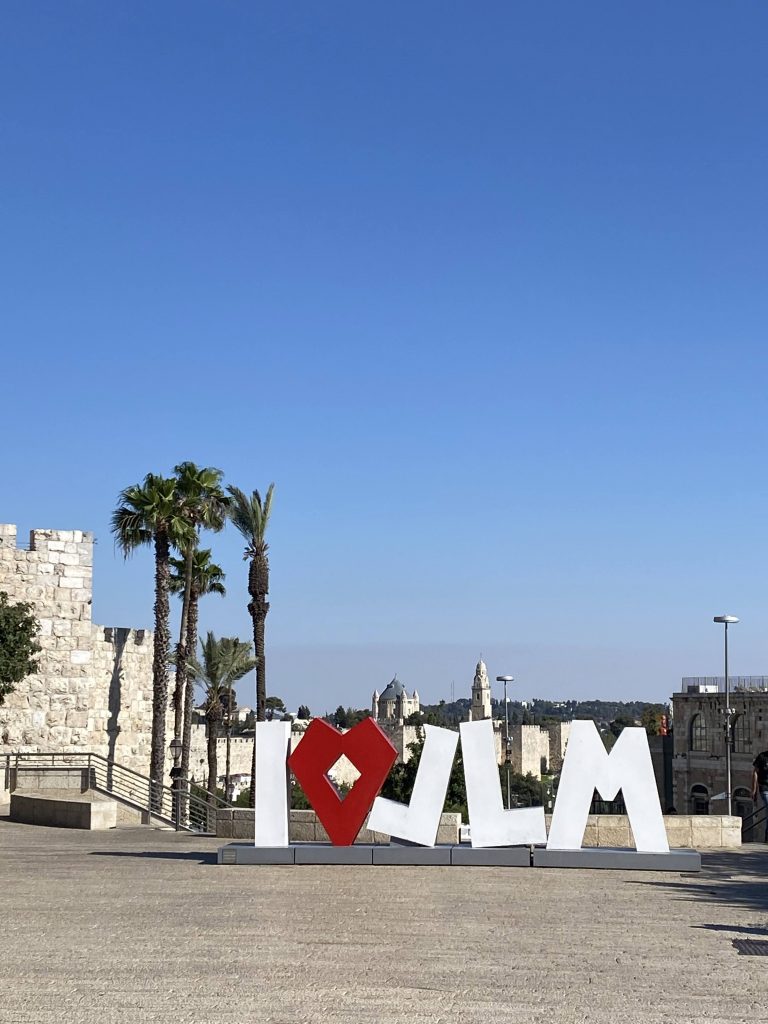For my final afternoon in the Holy Land, I went on a solo adventure. I bused into the Old City with the intent of revisiting the Dome of the Rock and Haram al-Sharif, but a little family drama (everyone was so tired, so some meltdowns are to be expected, and actually happened far less often than you might expect) made me miss the right bus, and the next bus was very slow (lots of traffic). I arrived at the Western Wall (where you go through security to get to the Temple Mount) just as they were closing. Oh well.
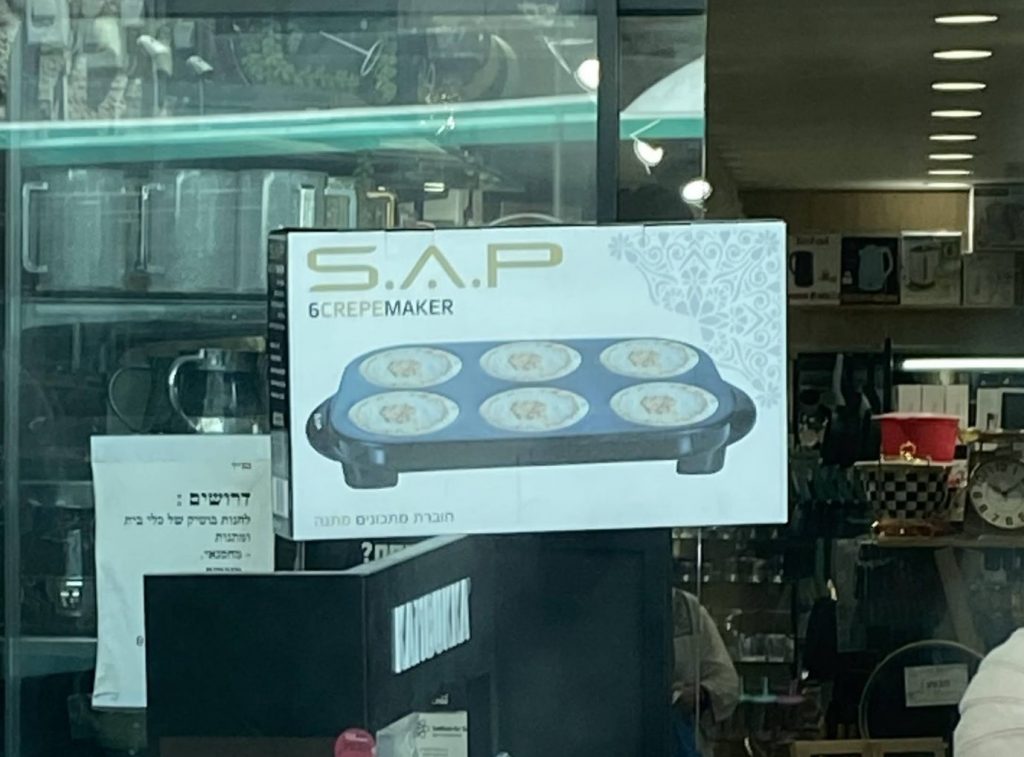
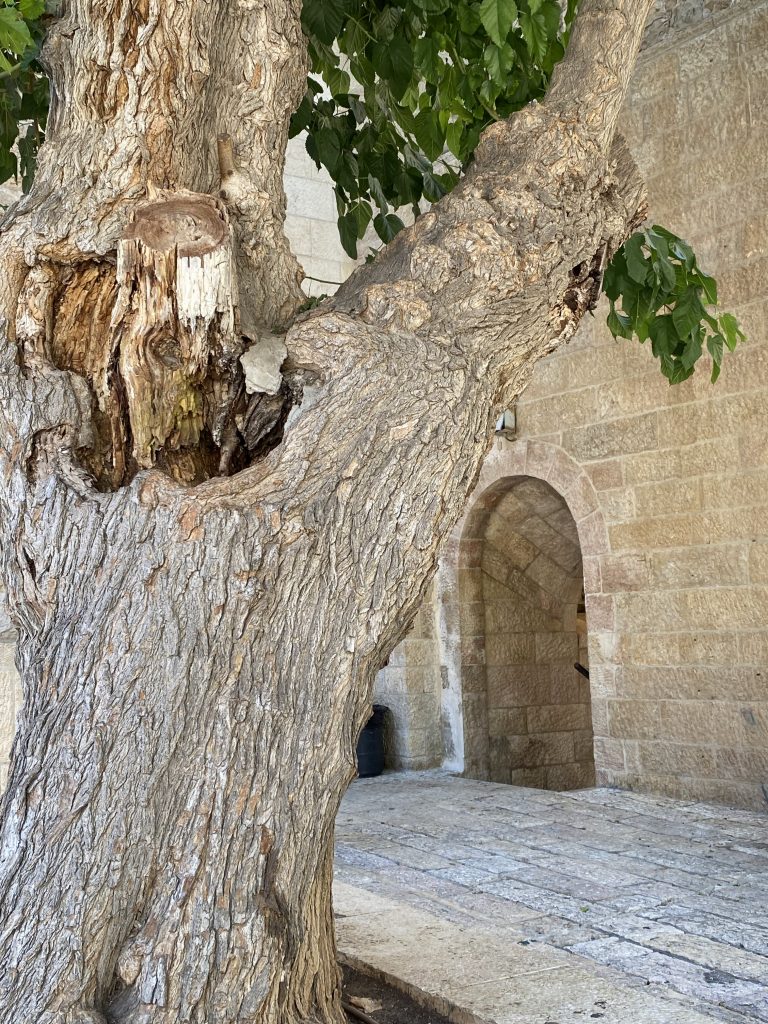
I walked through the Old City and made it to a section I haven’t been to yet–the Jewish Quarter. It is a much more open and modern part (is that an oxymoron?) of the Old City. The Israelis have done a lot of renovations and changes, and it has a WAY different feel than the other parts.
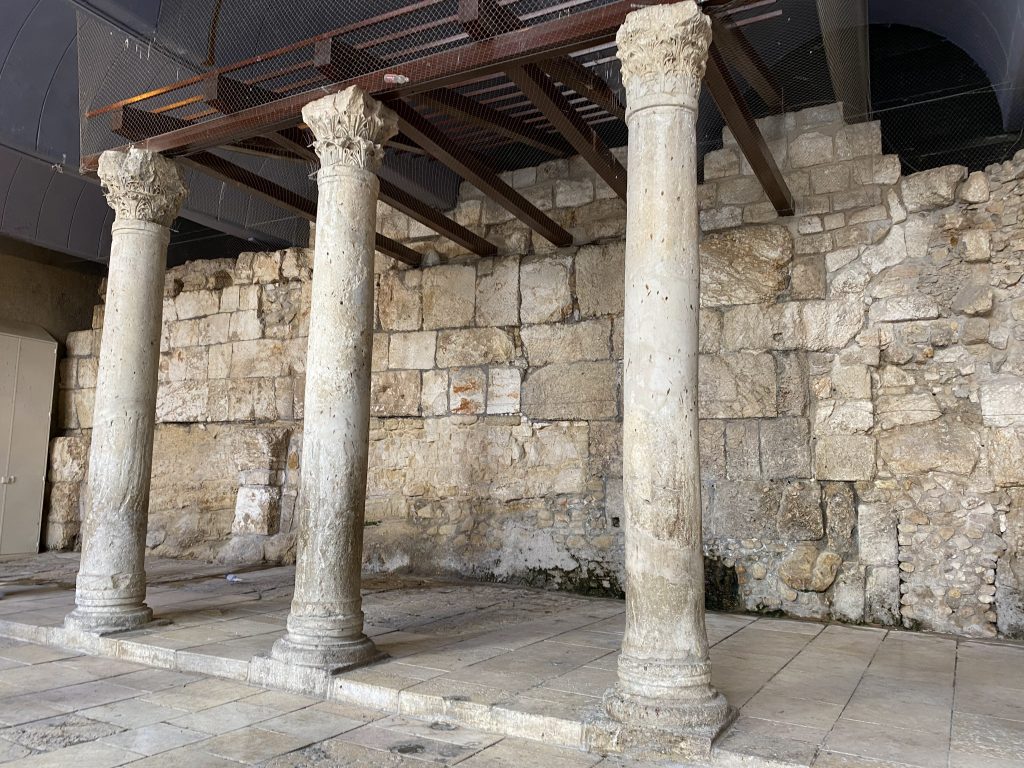
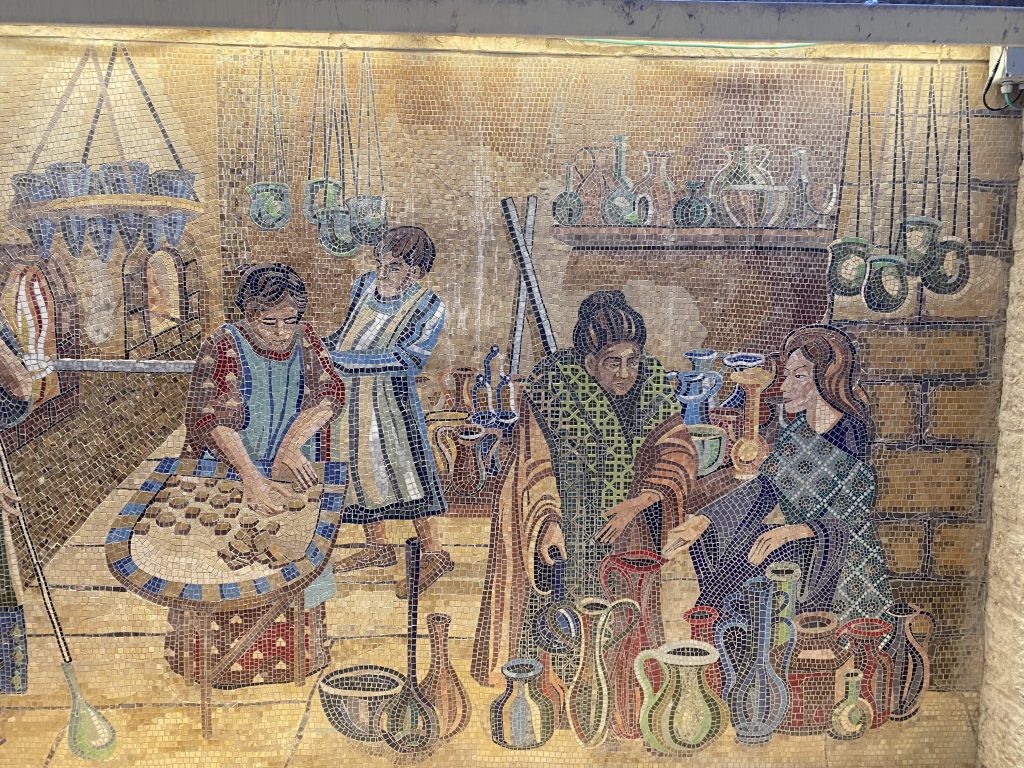
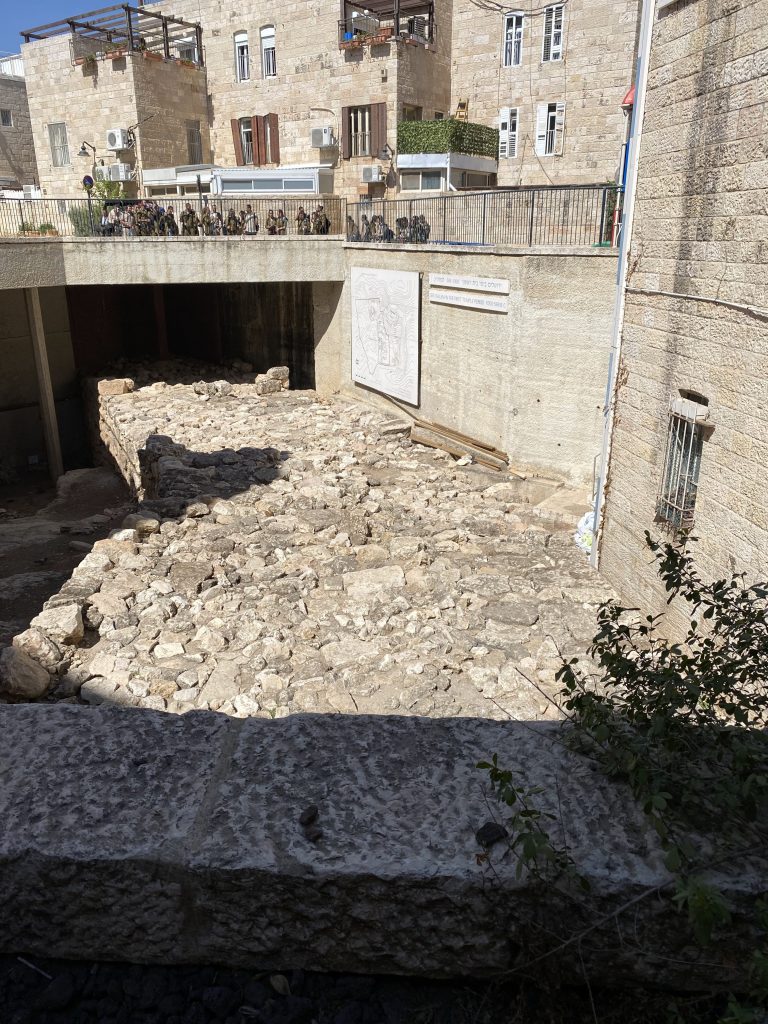
And sunlight! There aren’t many places in the Muslim Quarter, for example, where I could see sunlight like this.
I wandered around the bazaars for a while, just enjoying myself. I even got myself turned around, and must have looked a little perplexed, because a fruit vendor motioned me over. “Where are you going?” “Church of the Holy Sepulcher?” “Ah! Right and then left!” I was so close, but the doorway to the courtyard of the church is super small and easy to overlook. Which actually adds to its allure, I think.
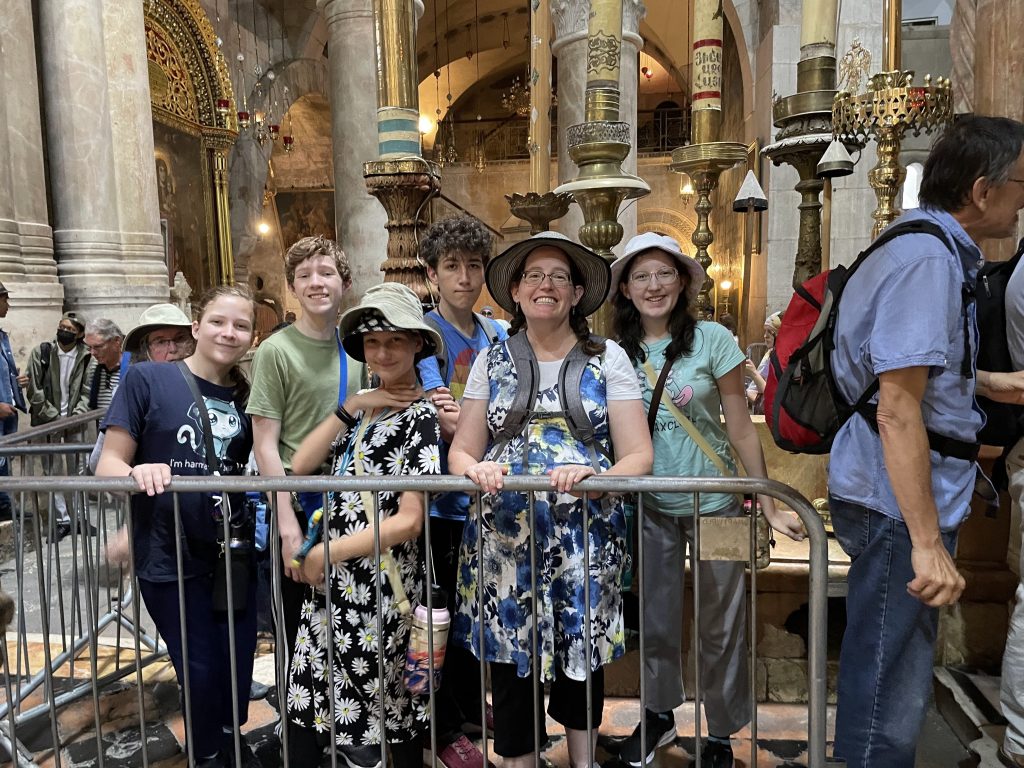
(That reminds me of a funny story Heather Farrell of the branch told us. When they visited the tomb for the first time, her little girls (5 and 3, I think) got into a pinching fight, and the priest in the tomb got mad at them. The next time, the five-year-old got too close to the candle in the anteroom, and HER HAIR caught on fire! They were panicking a little and patting it out, and the priest stuck his head in to see what was happening. It might even have been the same priest! She’s not sure she’ll take them back, hahahaha.)
We toted around the Oxford Archaeological Guide (Father Jerome Murphy-O’Connor) while in the Holy Land, and I’m so glad we did! He gives great archeological information, but doesn’t hold back his opinion. And his opinion about the Church of the Holy Sepulcher is hilarious, and pretty spot on for many other peoples’ opinions.
“One expects the central shrine of Christendom to stand out in majestic isolation, but anonymous buildings cling to it like barnacles. One looks for numinous light, but it is dark and cramped. One hopes for peace, but the ear is assailed by a cacophony of warring chants…”
“The Holy Land”, Oxford Archaeological Guides, Jerome Murphy-O’Connor, 4th edition, 1998
Father Murphy-O’Connor does believe that this is the most likely location for the death and burial of Christ–which, of course, isn’t a unanimous opinion. Several BYU near Eastern scholars (Jeffrey Chadwick in particular) don’t believe the Church of the Holy Sepulcher was outside the city walls, which means it would not have been a burial site.
But millions of people do believe this is the proper place, and have come here for almost 2000 years to worship and pray. And while Father Murphy-O’Connor (“Murph” affectionately) is not wrong about the barnacle-buildings, the darkness, the noise–it’s still a really awesome place to go. The age alone, the many, many modifications, the squabbles and the agreements and the fights–it’s a super compelling place to spend a few hours. So that’s what I did! I wandered around with my reading glasses and my guide and didn’t leave until I was satisfied I’d seen what I wanted. So fun!


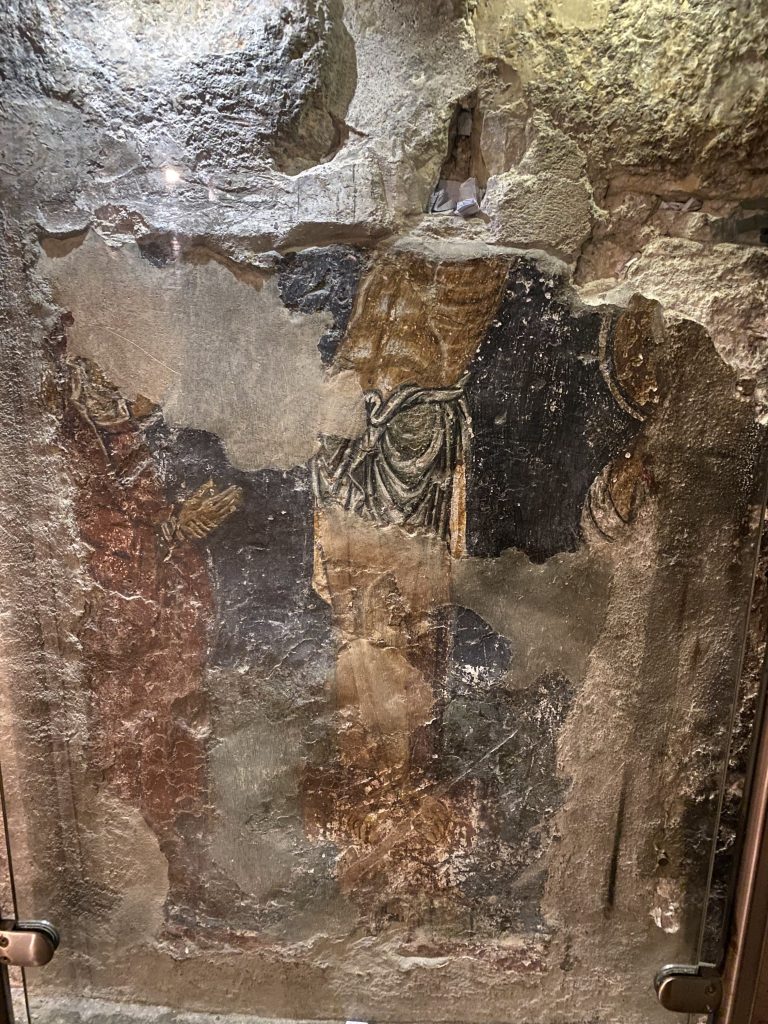
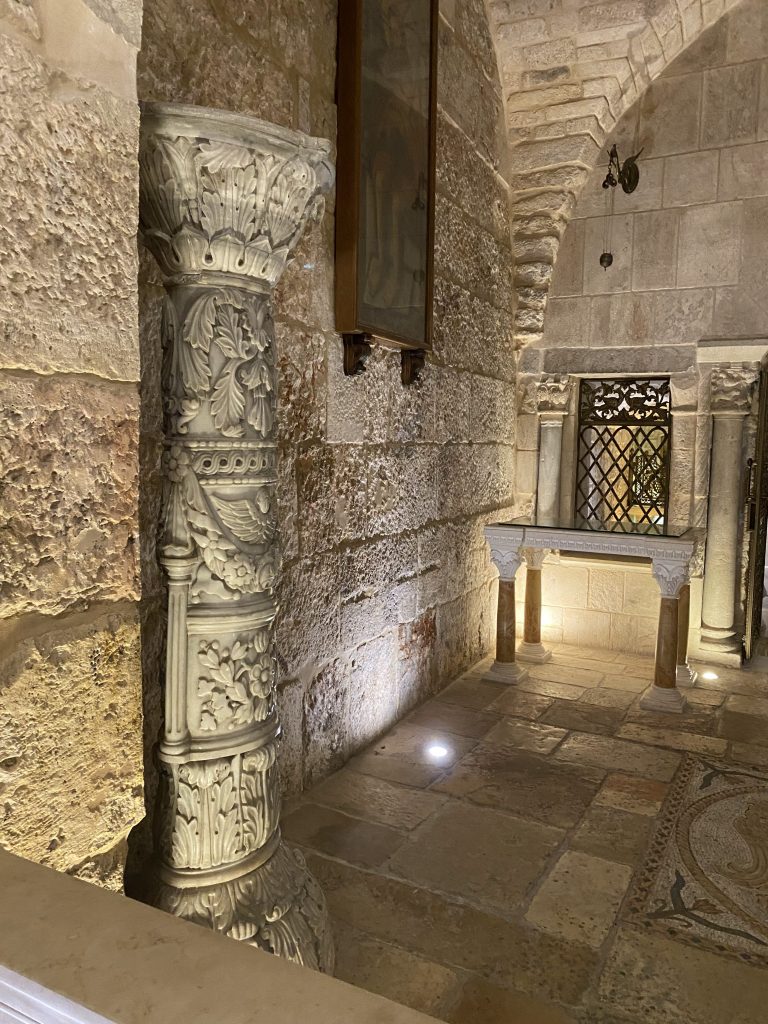
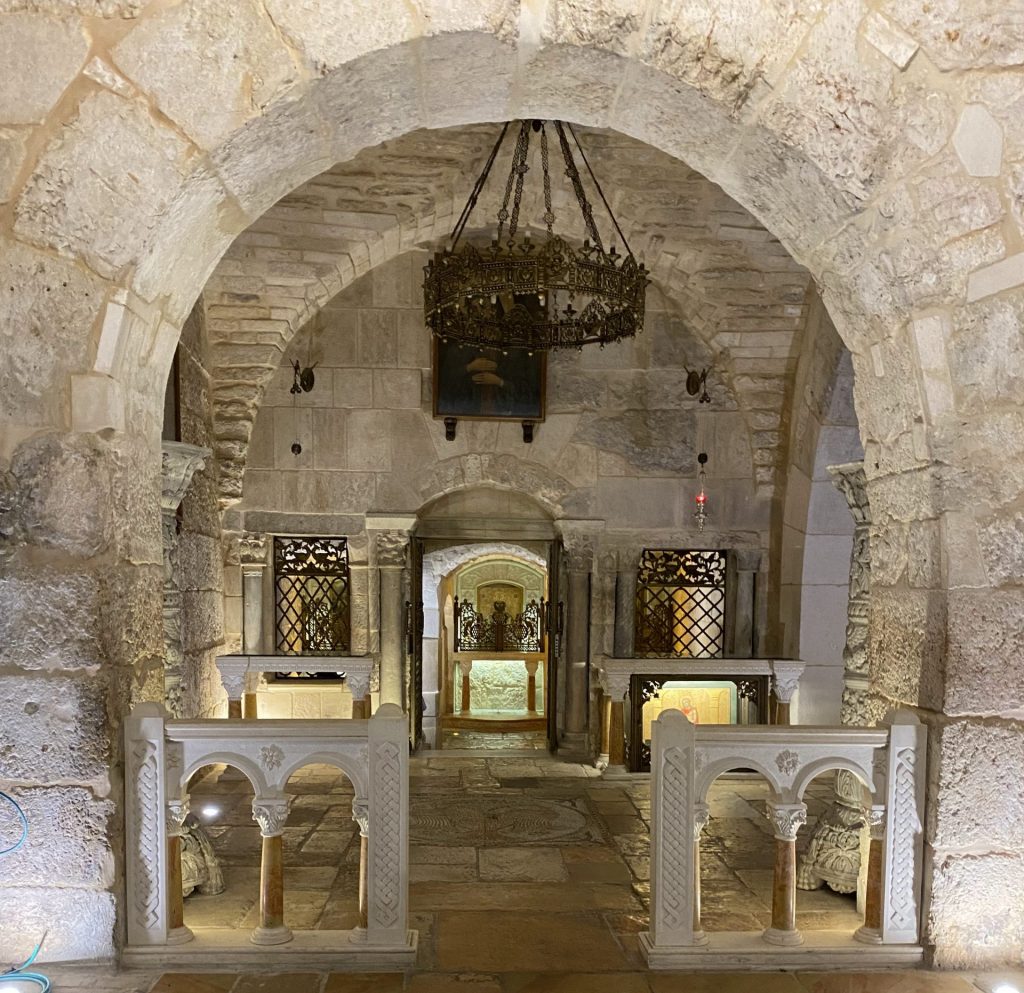
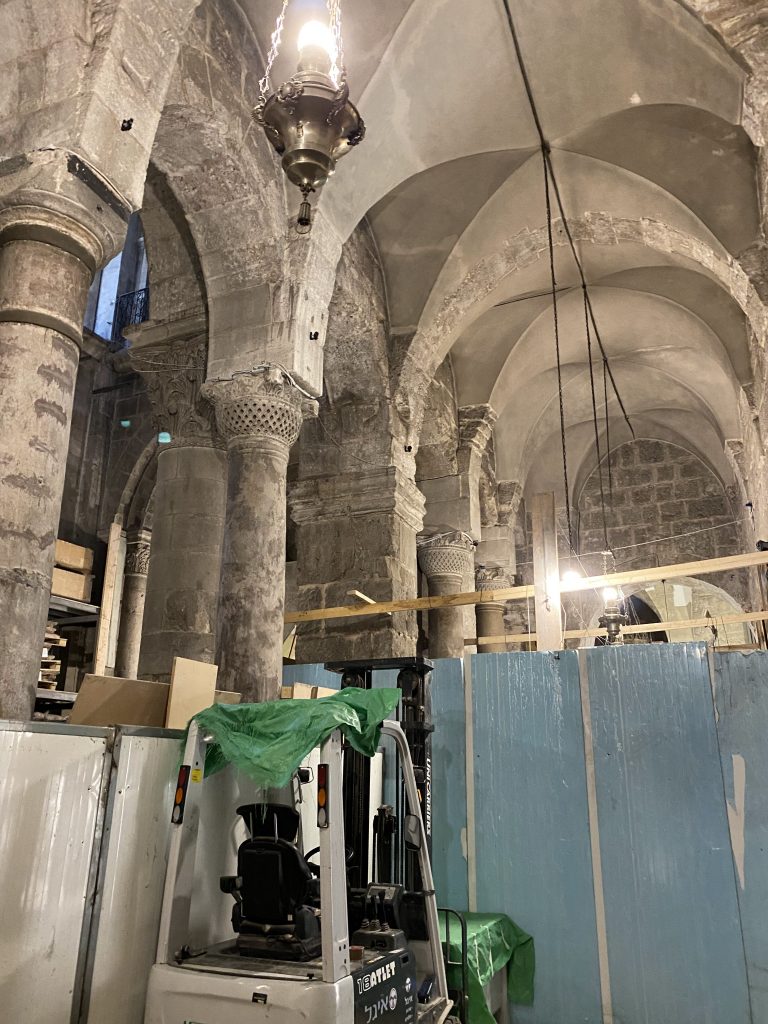
Some parts of the Church were were closed off for construction, but there was more to be seen around the construction walls than I realized on my first or second visits–I followed a group around the walls and realized that you couldn’t accidentally walk into the off-limits zone, so I got a little more bold in my explorations.
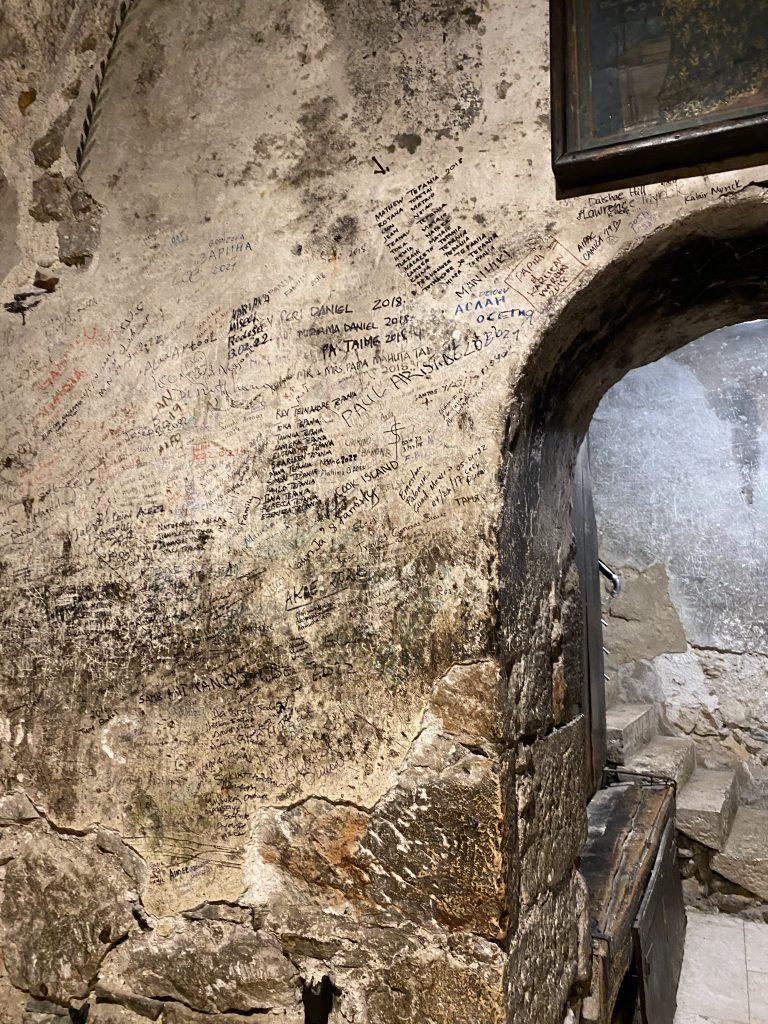
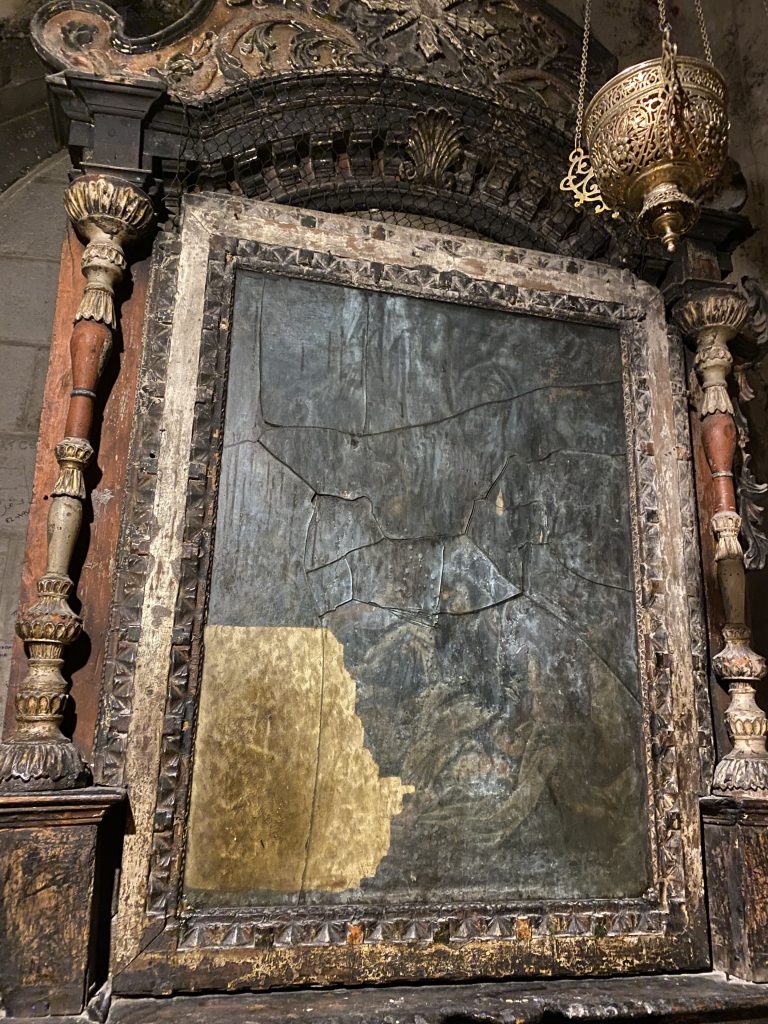
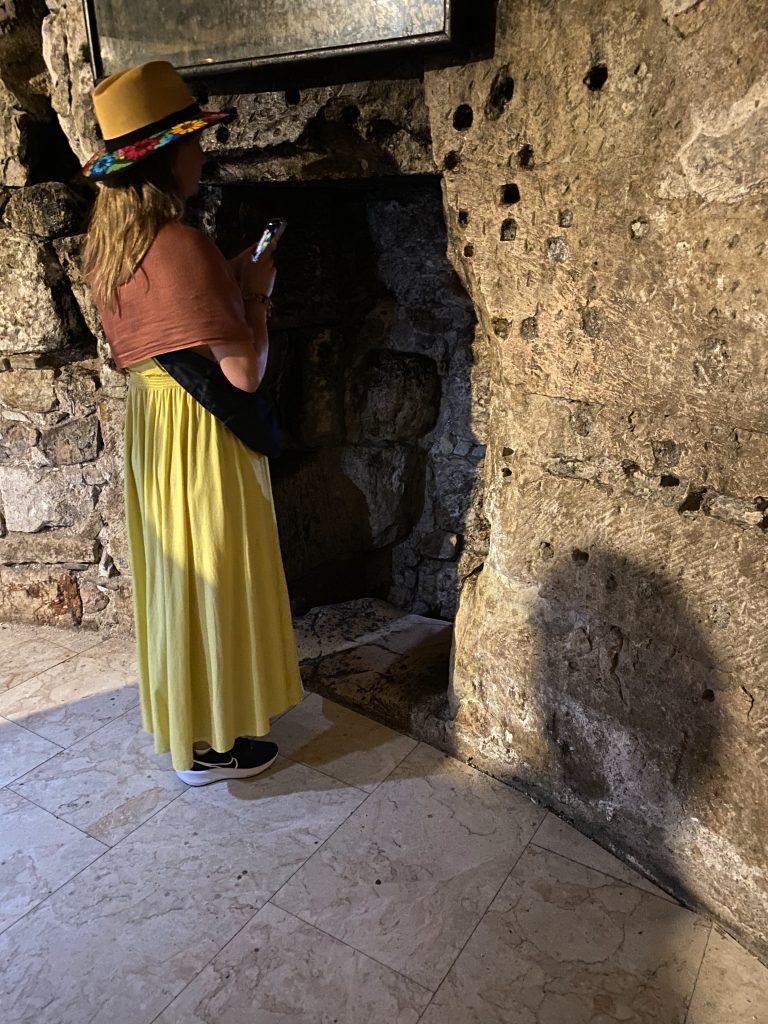
I have no idea–I’ve have to ask around and see what I can discover! The kokhim caves–Jewish burial chambers–are unlit and unadorned. You can actually go into two of them. It is a huge difference from the Holy Sepulcher, but probably far more realistic to the time.

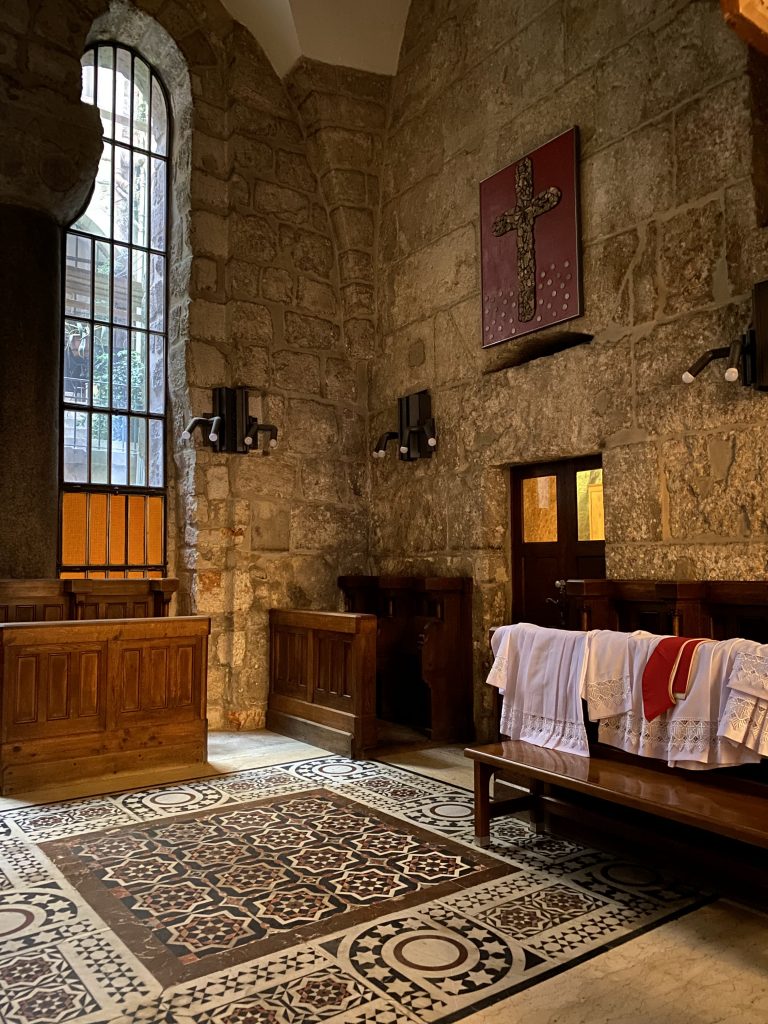
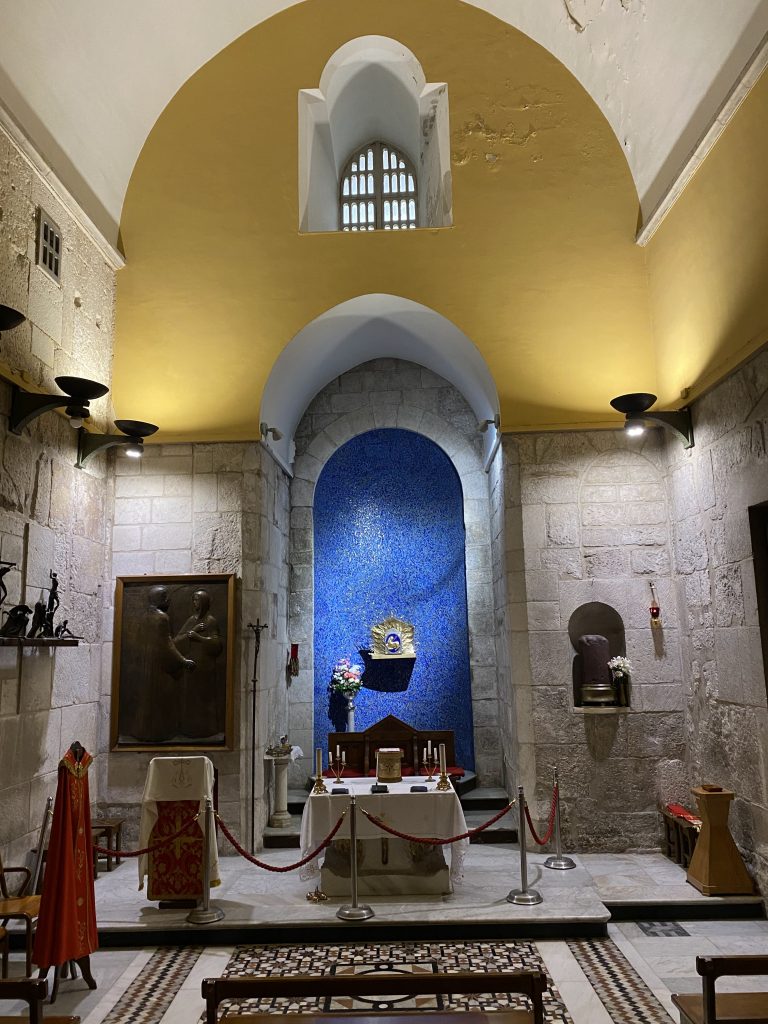
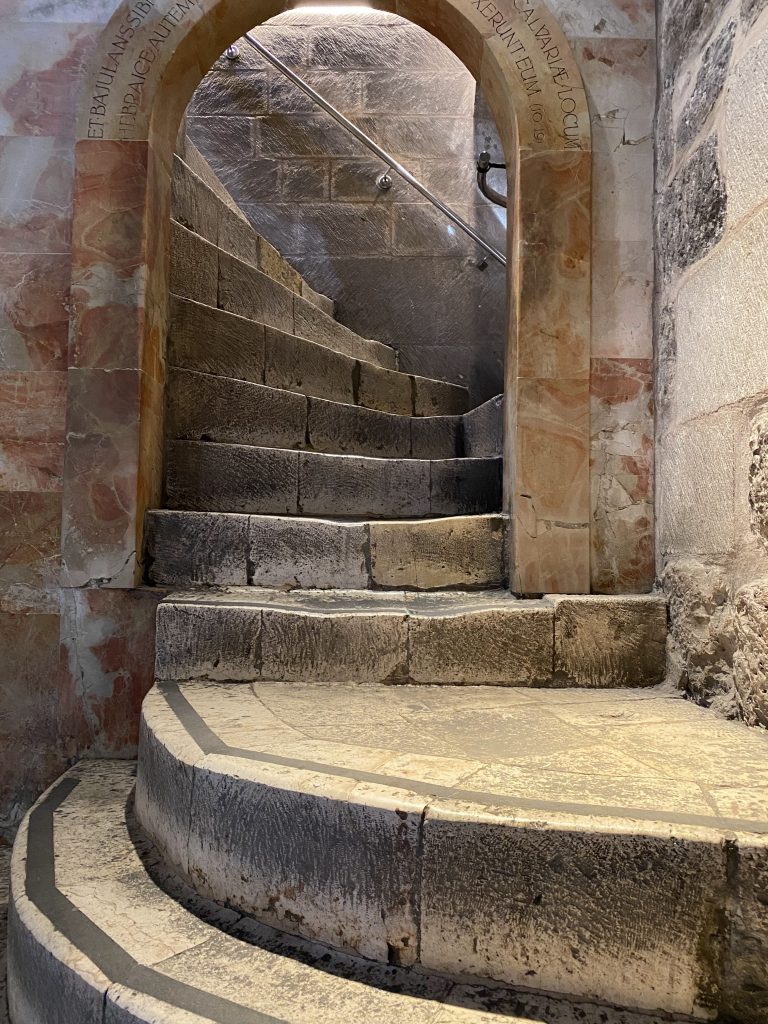
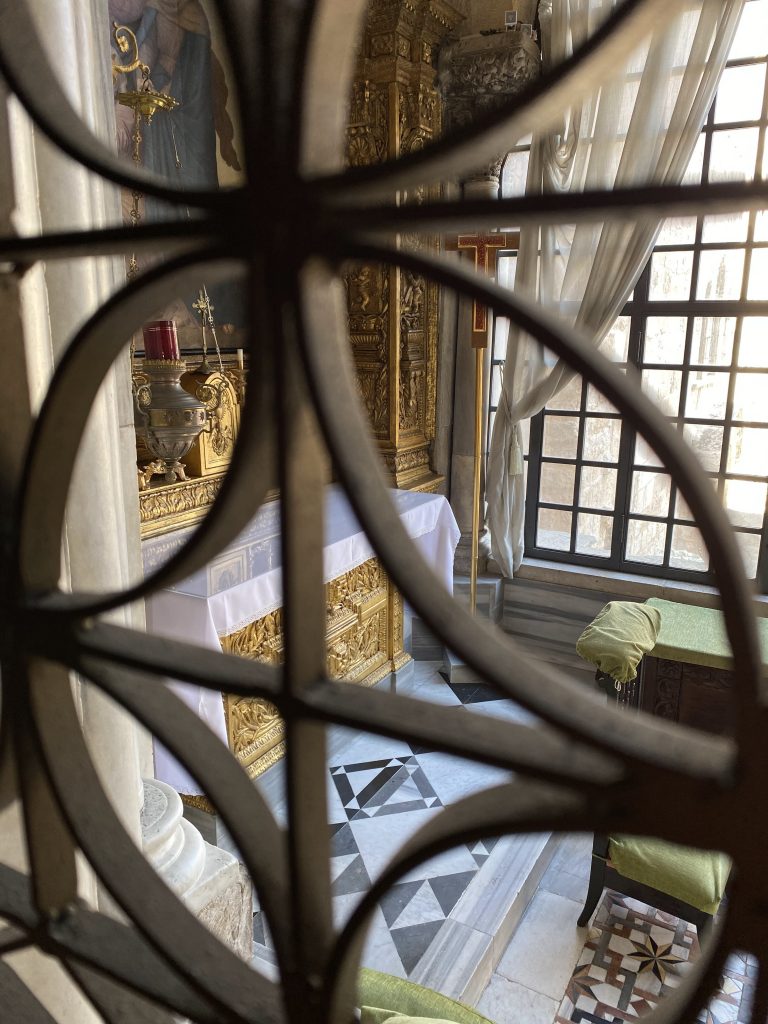
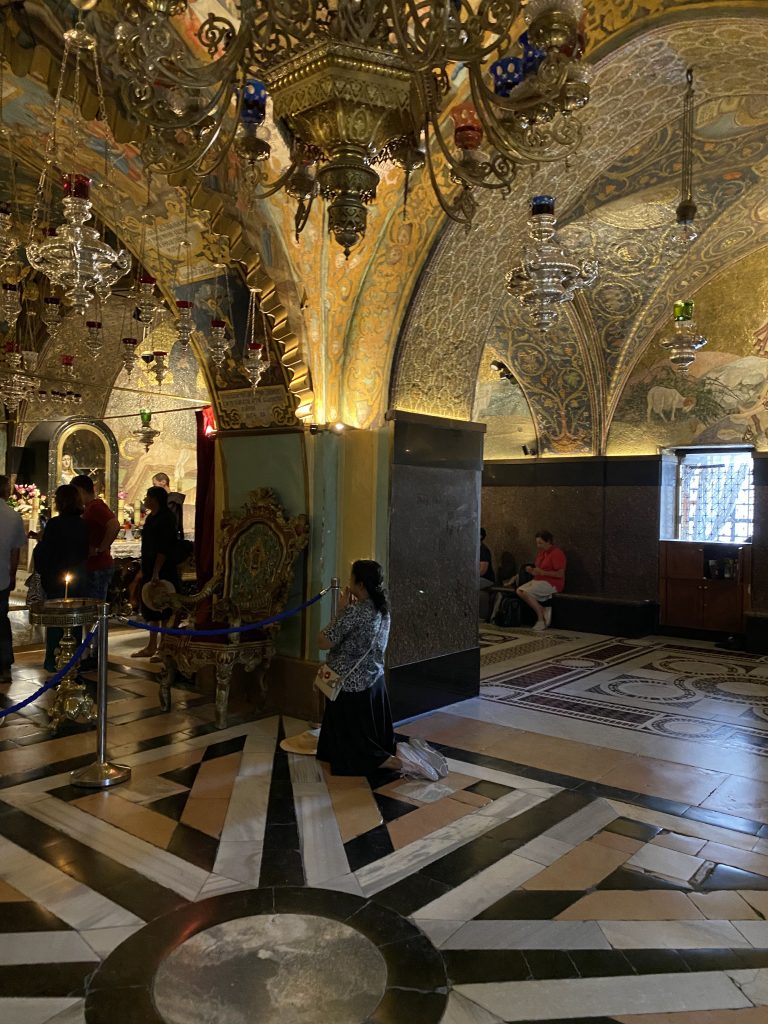
Considering I am a member of the Church of Jesus Christ, and our chapels are rather notorious for being bland–the Greek style was super overwhelming to me. It felt way too cluttered. (But that’s just a cultural/upbringing type judgment call.)
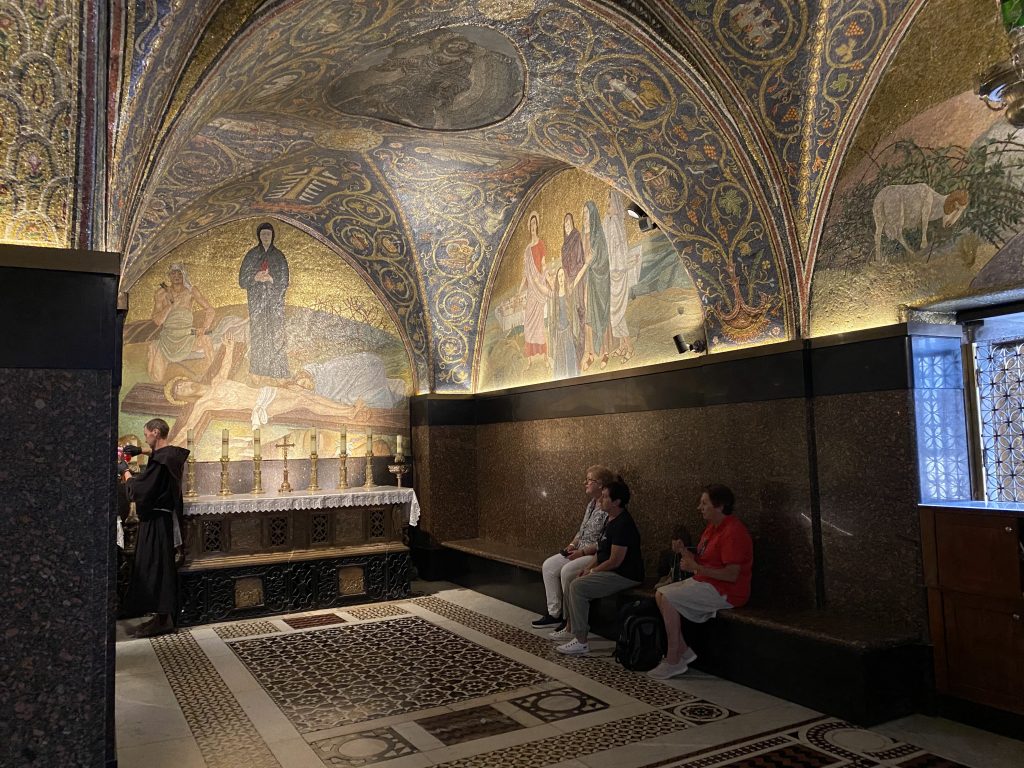
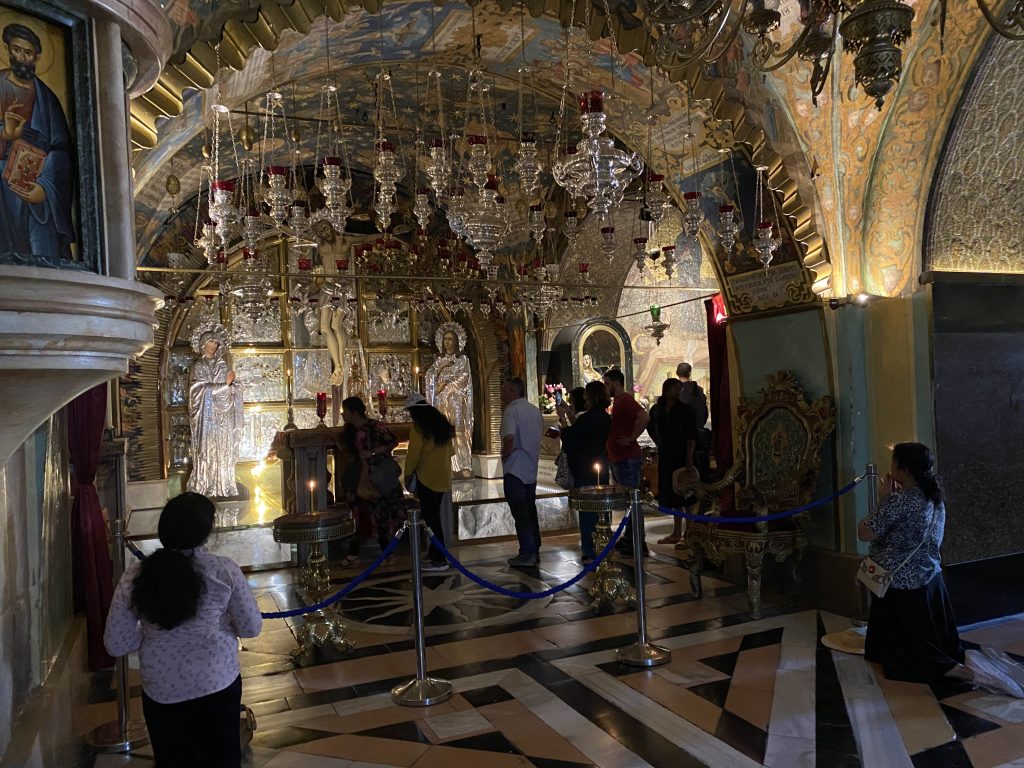
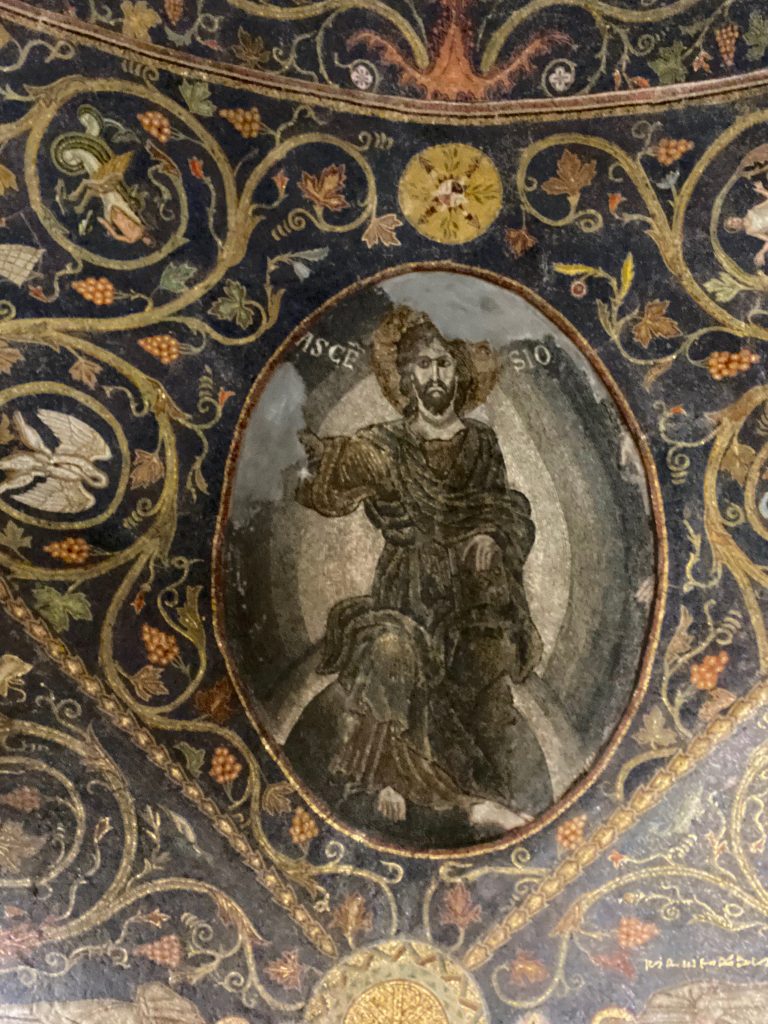
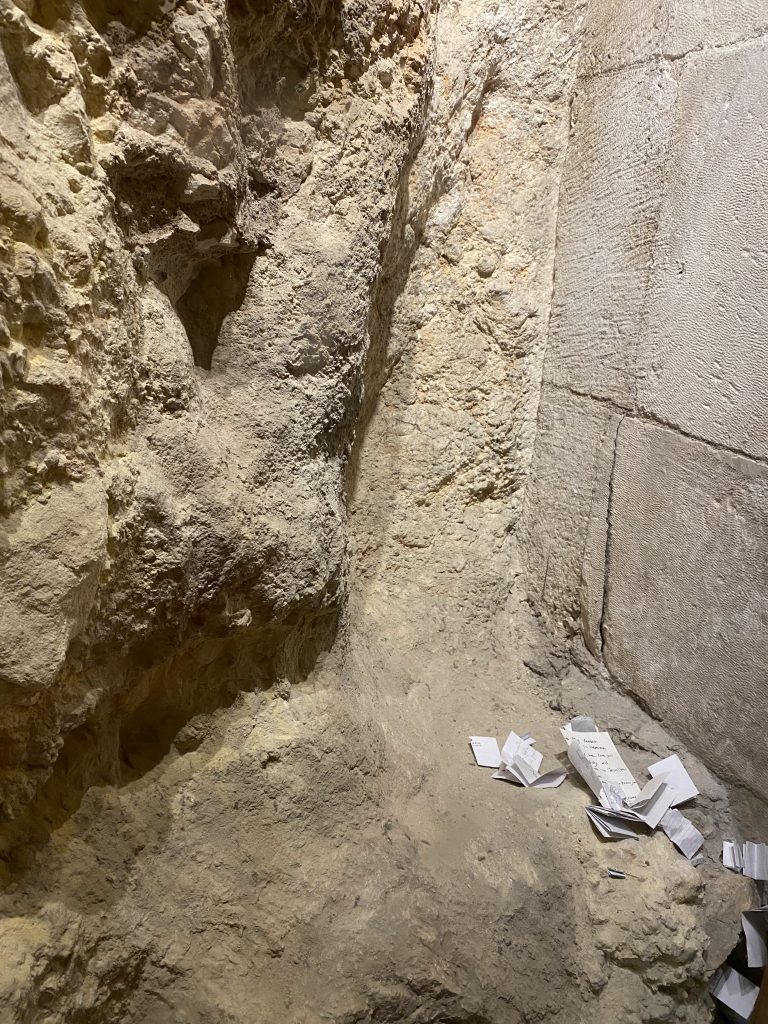

After having a MARVELOUS time poking around the Church of the Holy Sepulcher, I wandered the bazaars a little more, with my last shekels burning a hole in my pocket. I didn’t want to come home with Israeli cash (coins, I did. I love foreign coins!), and I knew that the exchange rate at the airport is abysmal. I was looking for a scarf that looked a little like the ephod that the Mosaic High Priest would wear with the breastplate, and so I wandered in and out of scarf/wrap sellers–of which there are a ton.
At one point, I entered a little shop and didn’t see anything like the ephod, so I turned around. But if you give any indication of interest, these shopkeepers are ALL over you. So I asked how much one of the beautiful scarves was.
“160 shekels,” says he. (Roughly $50, give or take)
“Oh,” says I. “I only have 50 shekels.” And I turned to leave.
(I really thought I only had 50 shekels. I discovered another 50 and a 20 bill in my wallet later, hahahaha.)
“I will let you have it for 70!”
“Seriously, I have only 50. Sorry!” I walked out of the shop.
“Wait!” he beckoned me back in. “You cannot tell anyone, but I will give it to you for 50!”
Okay with me! It’s a beautiful dusty gray pink cashmere scarf. I’ll take it for less than $20.
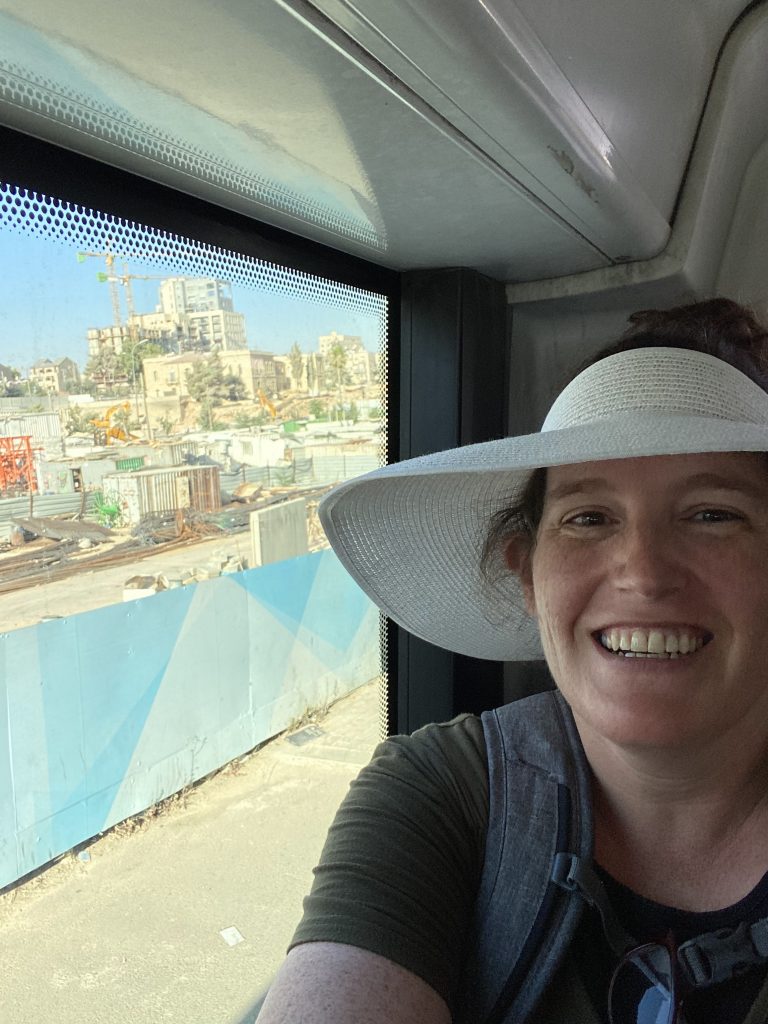

Once home, I ate the delicious spaghetti Bradley prepared for us, and everyone just…ate whatever was left. You want fries? Eat them! Boiled eggs? Go ahead! Popsicles? We can’t take them with us!
With a 6:45am departure from Ben Gurion airport in Tel-Aviv, we knew we had to leave the house at 2am. So, before “resting” for the night, we needed to get everything ready. So we commenced packing and packing and checking and packing and Tetris-ing the van. There really isn’t a bit of room to spare in that nine-passenger van. It took us a few hours to get everything squared away–all the clothes out of the laundry room, all of the toiletries packed in checked luggage, all the groovy souvenirs swaddled and padded and arranged (mostly in LaDonna’s checked luggage, since it was a hard-sided suitcase), all the floors swept and garbage out and carry-ons packed.
